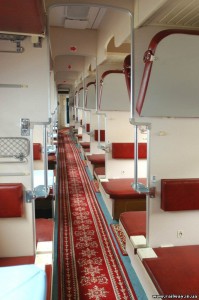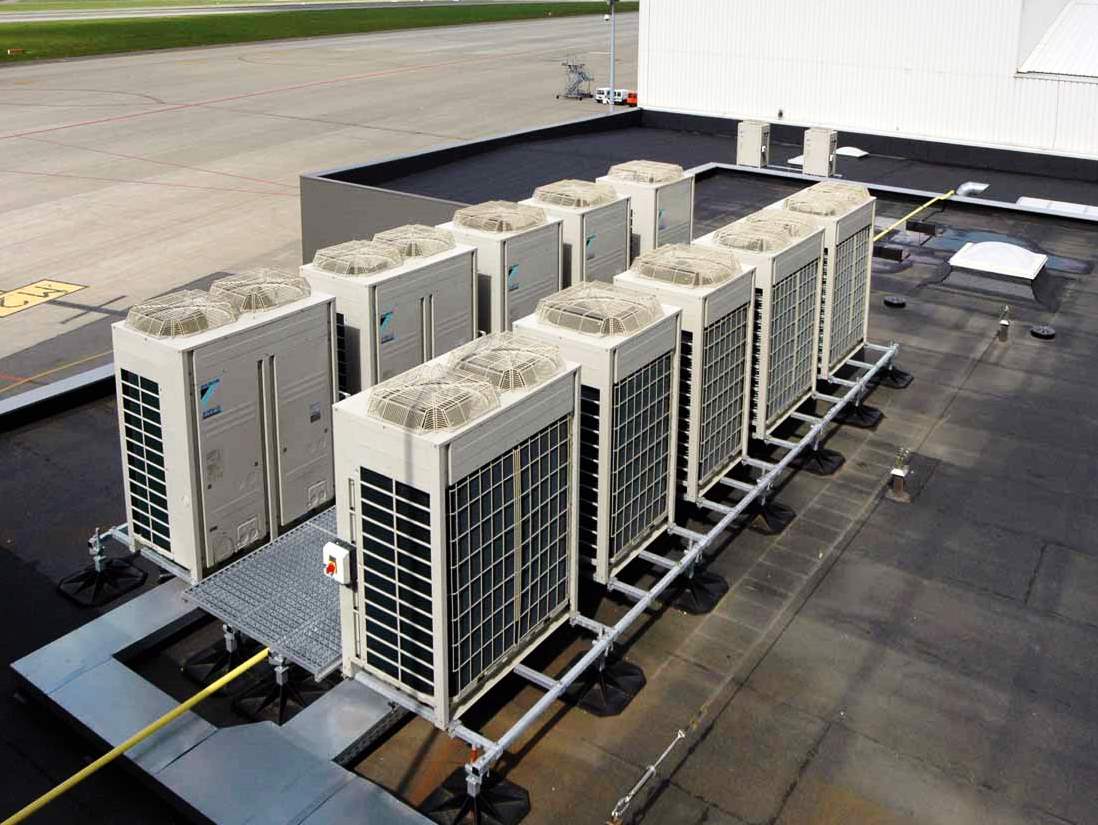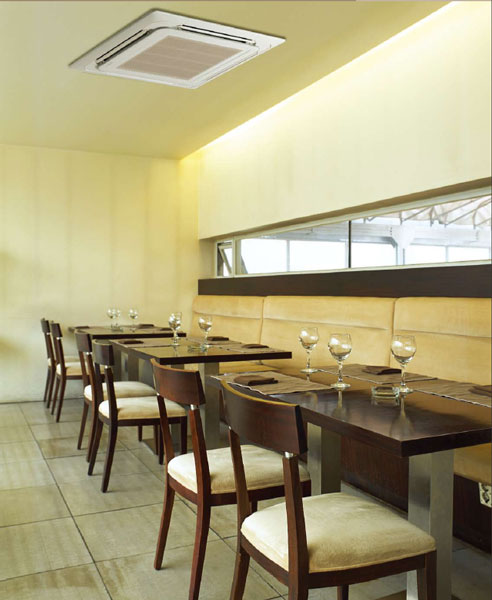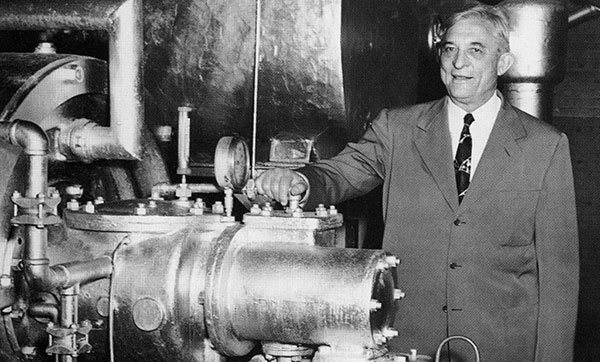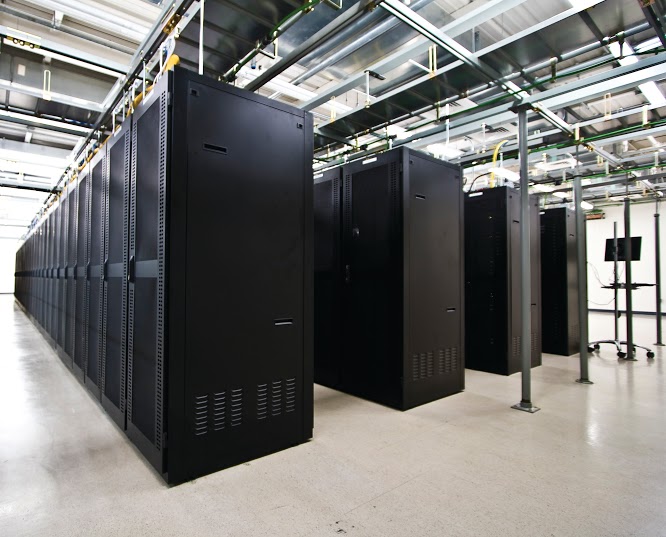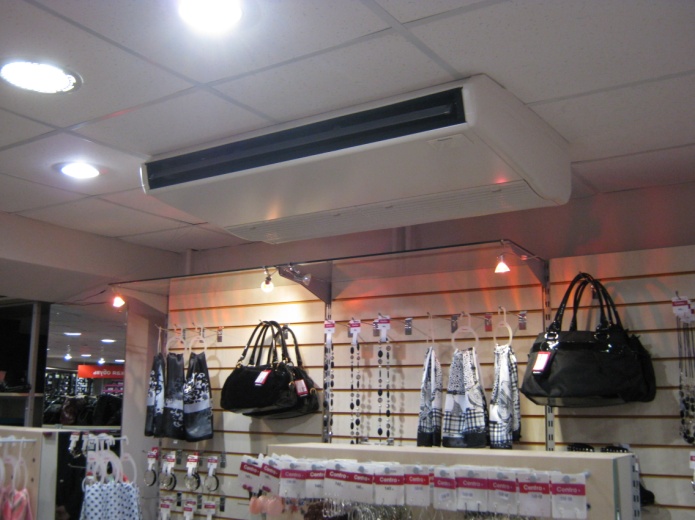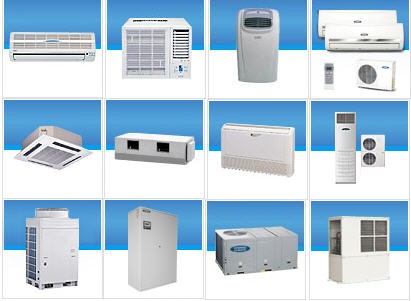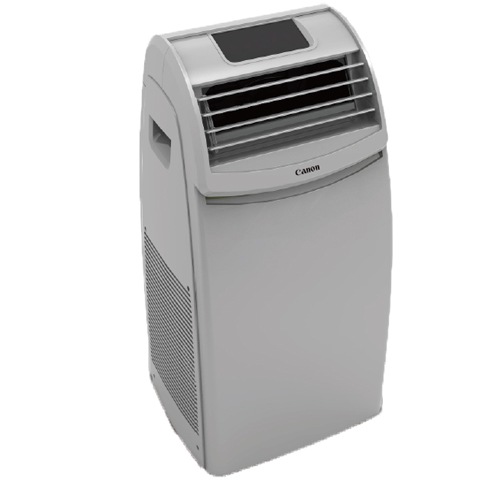The purpose of air conditioning in passenger cars is to ensure the optimal temperature, humidity, dust level, and the amount of oxygen in the air.
Optimum sanitary and hygienic conditions
- temperature 22 degrees Celsius;
- relative humidity 40 - 60%;
- air flow per passenger in the warm season is 25 cubic meters per hour, in the cold season 20 cubic meters per hour;
- the content of dust particles is not more than 1 gram per cubic meter of air;
- carbon dioxide content 0.1%.
All parameters should be controlled automatically. At Russian Railways, air conditioning in carriages is carried out all year round, but the systems do not affect the air humidity. Therefore, such air conditioning in passenger cars is considered incomplete.
Equipment for air conditioning of wagons
Air conditioners for cars are specially designed to work in the heat and under the bright scorching rays of the sun. The equipment is single-channel with recirculation, para-compression type, operates on freon-12 as a refrigerant.
Compressors in car air conditioners can be either glandless or stuffing box. The first type is installed with a built-in AC motor. The second is suitable for DC compressors.
Electricity is supplied to the air conditioning unit for passenger cars in a centralized manner or independently from a generator located in the car. The generator starts when the wheels are moving.
The scheme of the air conditioner in a passenger carriage
The fan draws in air from the premises, mixes it with the outside in a ratio of 1: 3, and passes it through the filtration system. After which the air is cooled by passing through the evaporator. The evaporator of the air conditioning unit for passenger cars is a finned tube coil that evaporates the refrigerant. After the evaporator, air is supplied to the car through the inlet openings.
In the cold season, the air is heated by an air heater located in the duct.
Air conditioning in foreign cars is carried out using single-channel units with bypass and recirculation. In such a device, there is a bypass air duct with an automatic controlled valve. The damper prevents recirculated air from getting directly to the fan, bypassing the cooling or heating system.

